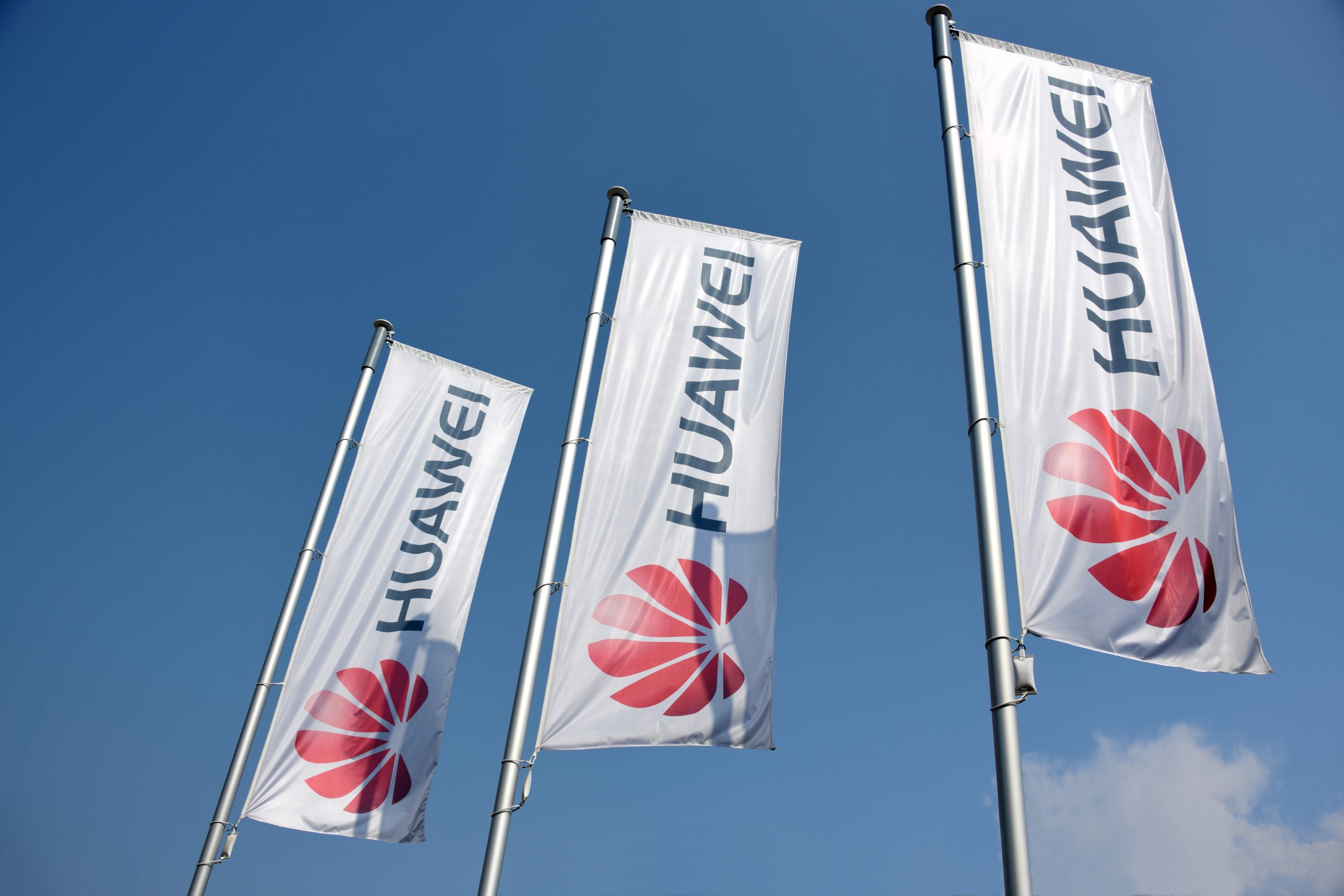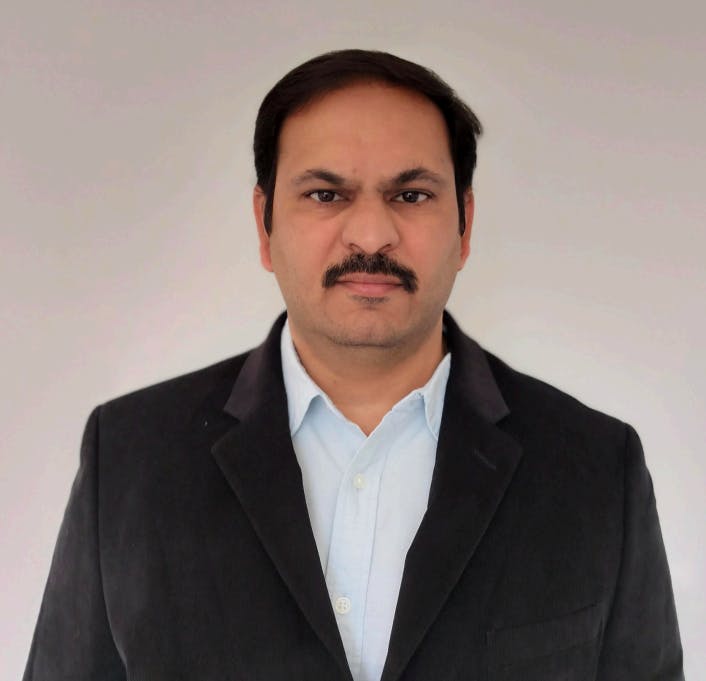We are continuing with the APC series Building a Free Internet of the Futureour monthly series of interviews with NGI Zero (NGI0) grant recipients and consortium members. Funded by the European Commission, NGI0 supports free software, open data, open hardware and open standards projects. It provides financial and practical support in a myriad of forms, including mentoring, testing, security testing, accessibility, dissemination and more.
Karrot is a free/libre and open source tool for grassroots initiatives and groups of people who want to coordinate face-to-face activities on a local, autonomous and voluntary basis. Karrot Has received two NGI0 grants: an NGI0 Entrust grant in 2023 and an NGI0 Discovery grant in 2022.
This month we talk with Nathalie Szycher, an engineer, sociocratic facilitator and member of the Karrot team. “Community building is key when I think of alternatives – how to connect, how to organise, how to do economy. And this comes alive in the projects around food saving, gardening, co-housing, commoning, maker spaces and political groups. This is the direction Karrot is aligned with,” she explains. Find out more.
This interview has been edited for clarity and length.
Why the name Karrot?
Before, it was simply called “foodsaving tool”, which speaks of our roots in the European food-saving movement. The decision to name it Karrot was made before I joined the team. As the story goes, there was a voting process in the early days. The logo already existed and was taken as inspiration. For me as a native German speaker, I see the name as a blend of the English carrot and the German translation “Karotte” – a reflection of how the team has always crossed nations. The image also found its way into one of our core features, as you can give each other trust within the software – symbolised by a carrot button.
In the “pyramid of needs” (Maslow), food is both a physiological need and a need for security. Your logo, a carrot-triangle with external arrows sprouting from it, reminded me of this. Is Karrot first and foremost a “community-building and support” project – especially before tech?
It is a good reminder to look at our basic needs in order to stay resilient and active. Especially when we aim to challenge current oppressive systems and search for alternatives. Community building is key when I think of alternatives – how to connect, how to organise, how to do economy. And this comes alive in the projects around food saving, gardening, co-housing, commoning, maker spaces or political groups. This is the direction Karrot is aligned with.
We in the Karrot team ask ourselves: How can digital technology support these efforts?
We often see how groups start with using a messenger app or a spreadsheet. Whereas for some this might suffice, the functionality often reaches its limitations. It wasn’t designed for this purpose. We hope to offer a tool that is useful for the groups, that aligns with their values, and which they can shape to their needs. Over time, Karrot moved away from a focus on food, aiming to be more generalised and applicable in many contexts.
When it comes to what we do, it is a lot about tech! A lot of work goes into developing and maintaining the software as well as designing new features. We established a close connection to academia, in particular the field of HCI (human-computer interaction). But it’s true, from some of our meetings you wouldn’t guess Karrot is about tech. We often discuss how to support groups beyond software, leaning into social practices around decision making or group facilitation. And we are exploring what it means for ourselves to build and steward a “Karrot community”.
To do this, you need technical know-how, social know-how and interpersonal skills, and you also need money. How do you operate financially?
The Karrot team currently consists of six people with various backgrounds and a different range of availability to contribute to the project. We also welcome contributions (coding, design, graphics, feedback, to name a few) from those not in the core team, but connected to the project. Whereas we do operate with money, currently none of us has Karrot as their only income source. There is a richness to this approach and at the same time a growing wish to increase financial capacities.
The project receives donations from individuals and groups; we recently moved to Open Collective (Karrot – Open Collective). Whenever Karrot receives funding, like the grant from NGI0 Entrust, that’s a huge help as well. When it comes to who gets what, we meet together in a “money circle” (see more on money distribution in Karrot) and decide on the amounts using consent decision making. It’s an invitation for us to go beyond hourly rates and look at needs, contributions and where we come from – always a great conversation!
Looking into the future, we are exploring a community-supported software model, similar to CSA (community-supported agriculture). Not only could this be a way to become economically sustainable, but it could also provide a structure to bind us more intentionally to the groups and users.
Providing a service that helps diverse individuals and groups to organise themselves locally – in the geographical sense of the term – is a big challenge. Questions of hospitality, of moderation, of “rules” defined by the groups themselves as well as Karrot’s “rules” of inclusion, have to arise on a daily basis. How do you handle that?
From a governance perspective: groups are their own units, defined organisations. That means the groups will need to define their set of rules and find answers to questions that arise. Each group will have a specific vision and aim they’re working towards. Basically when you create a Karrot group, this sets a boundary: you only see what happens inside once you have applied and been accepted. Daily operations are organised by configuring places with corresponding activities. As we improve the software, we’ve been adding more features addressing the group’s governance. It’s a good practice to have written rules and policies, easy to access by members. So that’s what our agreement feature does.
“It’s a bit of a dance we’re doing when designing the software: having enough flexibility to allow different modes of organising (still talking about self-organising here), while nudging groups towards a direction that supports peaceful collaboration, connection and equity.”
We try to include our knowledge – from experience and theory – into software, like the agreements feature. The whole way we think about permissions and the admin role is meant to discourage behaviour of “power over” and hierarchies between people.
We recommend that established groups host their own instance, so we spread responsibility and ownership. We provide a main instance too, karrot.world. For the most part, we encourage the groups to resolve issues within the community itself or by using the features of Karrot. We do have an agreement about which cases the Karrot team might intervene in, but thankfully that rarely happens.
So-called Big Tech, and the services it produces and provides, are often not inclusive, neither in terms of human diversity nor equity (DEI). How does Karrot address those issues?
Within the team, we have established practices to make sure everyone is heard. We start each meeting with a check-in round and end with a check-out. Generally I advocate for rounds, making sure everyone has a chance to speak. The same applies to how we make decisions, which in our case is by consent. However, there is much more to be done!
For me it’s an interplay between personal development and collective processes, which eventually transfer into the product (software). My own journey started from an environmental perspective via queer and feminist ideas through to intersectional approaches. In the team, whenever a topic became alive for us, I loved the emerging conversations, be it around how we think of care within the project or deconstructing a sense of urgency as a facet of white supremacy. The latter influenced our way of approaching work and funding deadlines. As a project, we would certainly benefit from making our intentions and commitments more explicit and actively including more voices that we currently don’t represent.
Any wishes for Karrot in a few months’ time?
What first came into my head: more attention! It would be lovely to see Karrot applied by more groups and get a sense that it’s useful for them. The obvious one is to successfully finish our current round of funding and release the new features coming with it, which will hopefully land well with everyone. I am curious to see where the community-supported software idea will lead and I wish for Karrot to take the next step in becoming more economically sustainable. We’re also very open to more collaboration with other community software projects, to bundle resources and see how we can strengthen each other.












